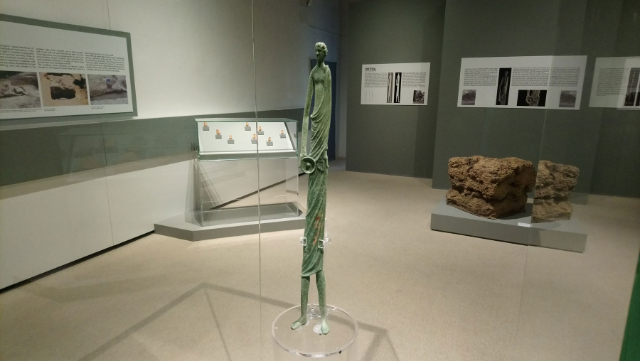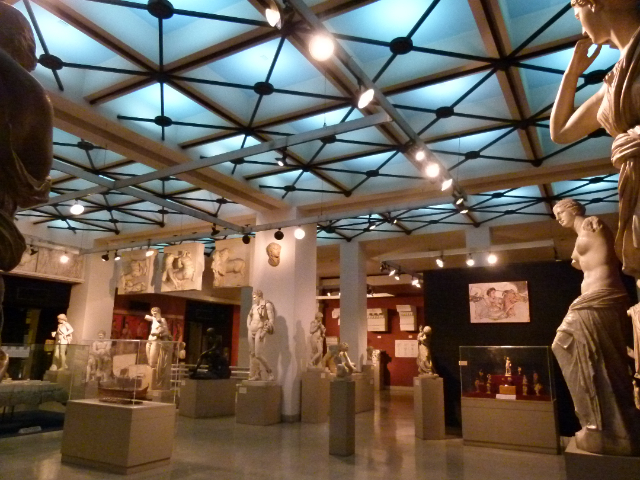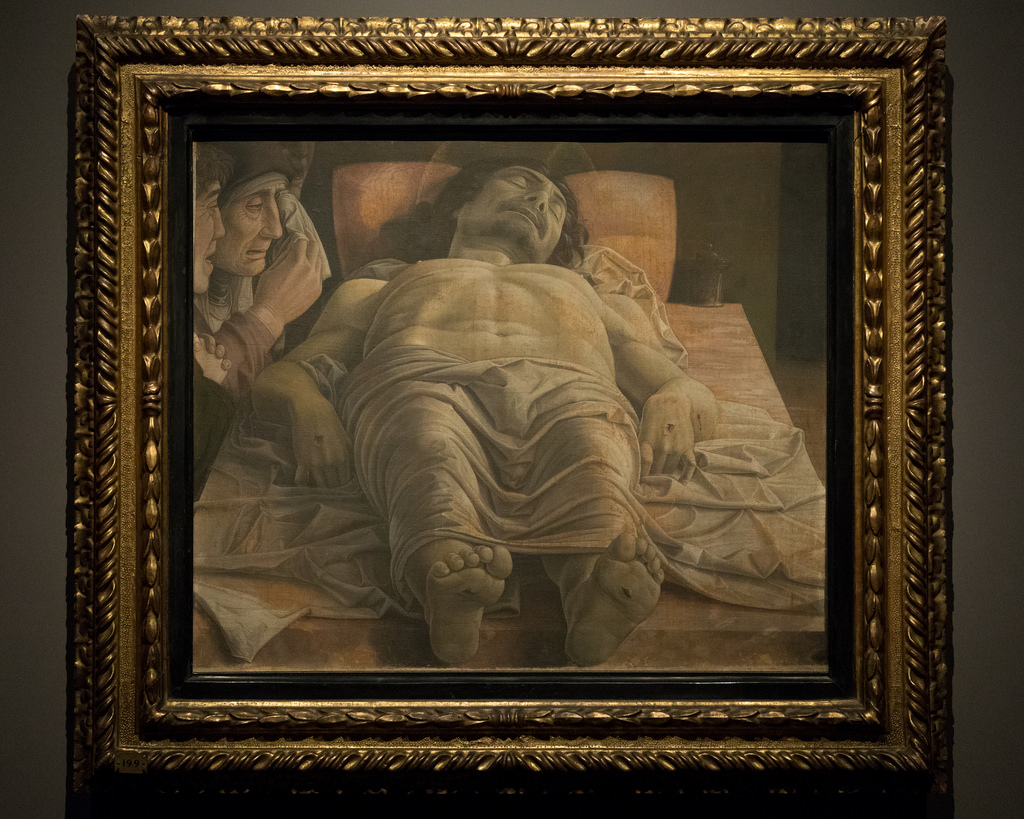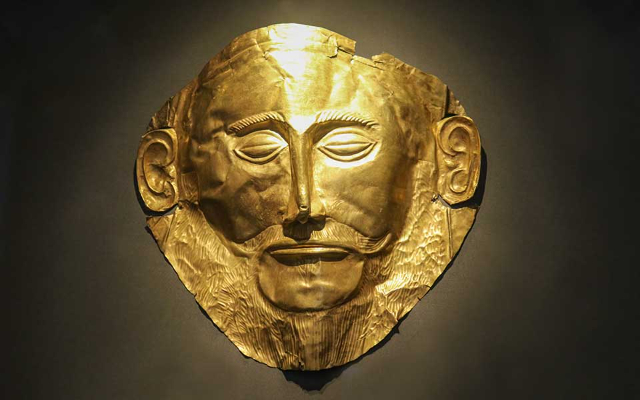The Shadow of San Gimignano is an important archaeological discovery that has enriched the history and culture of San Gimignano, a famous medieval town in Tuscany, Italy. The statue, buried for centuries next to a stone altar, was found in 2010 during the renovation of a private building.The statue, commonly known as the "Shadow of San Gimignano," is made of bronze and is depicted in a prone position. It depicts a young man in the act of offering and is visually reminiscent of the famous "Ombra della Sera" from Volterra, another important work from antiquity. The Shadow of San Gimignano is considered an exemplary example of the plastic models of early Hellenism and displays features typical of votives of central-Italic derivation.The discovery of the San Gimignano Shadow has shed light on the region’s ancient past and confirmed the existence of a sacred place in the area, frequented for centuries by different cultures and peoples. The statue testifies to the religious rites and offerings that took place at the shrine, and the offerings of metal, ceramics, coins and ointments left on its burial testify to the sacredness of the place.After its discovery, the Shadow of San Gimignano was displayed for the first time in the San Gimignano Archaeological Museum, on the occasion of the exhibition "Hinthial. The Shadow of San Gimignano. The Offerer and the Etruscan and Roman Ritual Finds." The title of the exhibition recalls the Etruscan term "hinthial," which can be translated as "soul" and "sacred," emphasizing the religious and spiritual significance of the Shadow.The Shadow of San Gimignano represents an important piece in the ancient history of the region and further enriches the artistic and cultural heritage of San Gimignano. The discovery highlights the importance of the city not only as an icon of the Middle Ages, but also as a place of deep roots in Etruscan history and culture.













